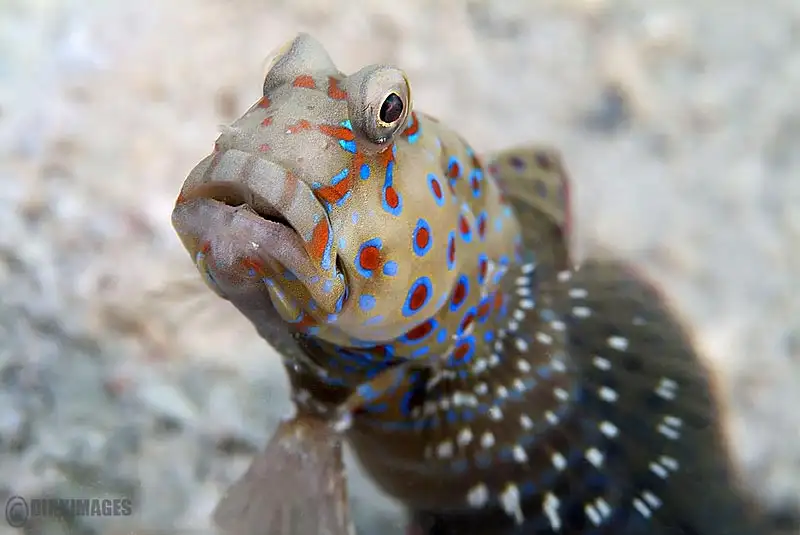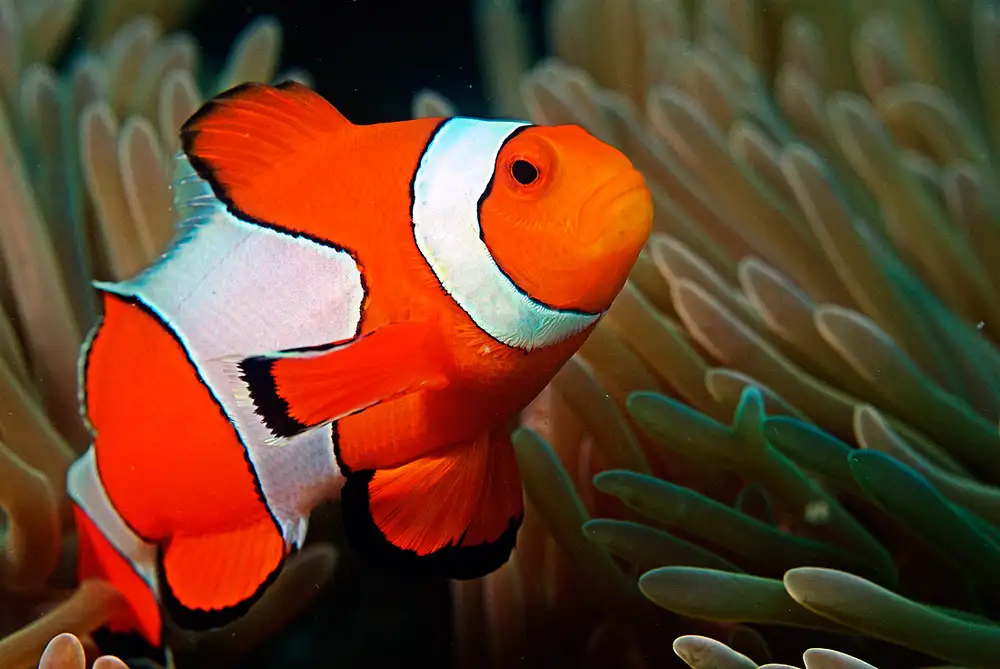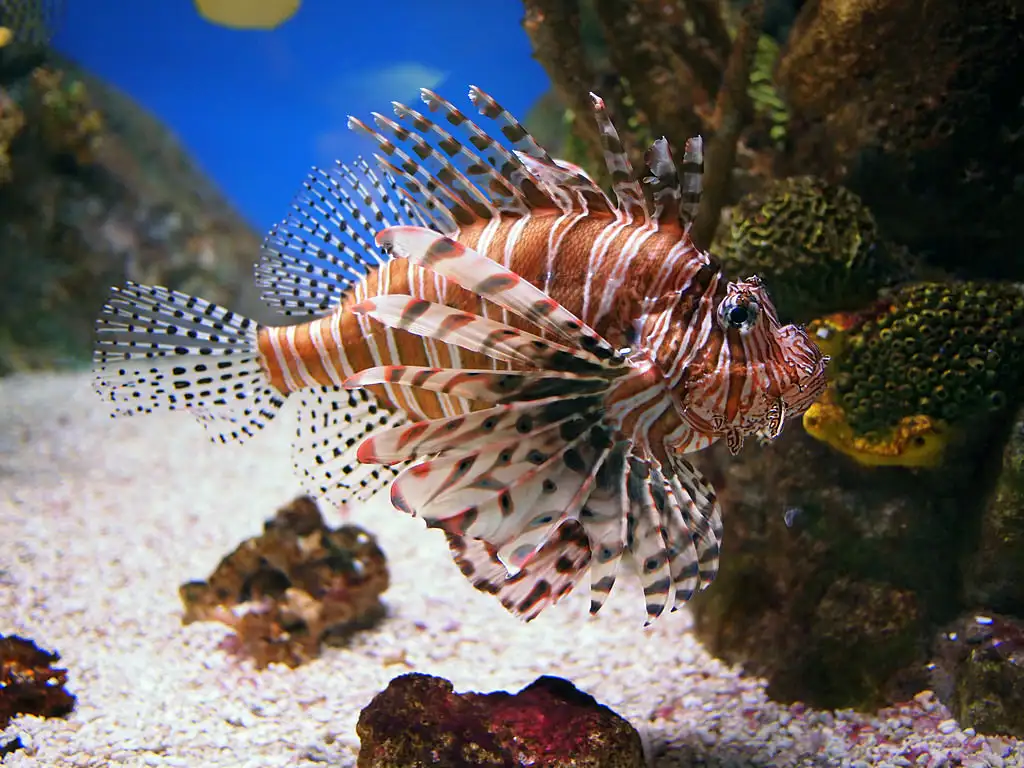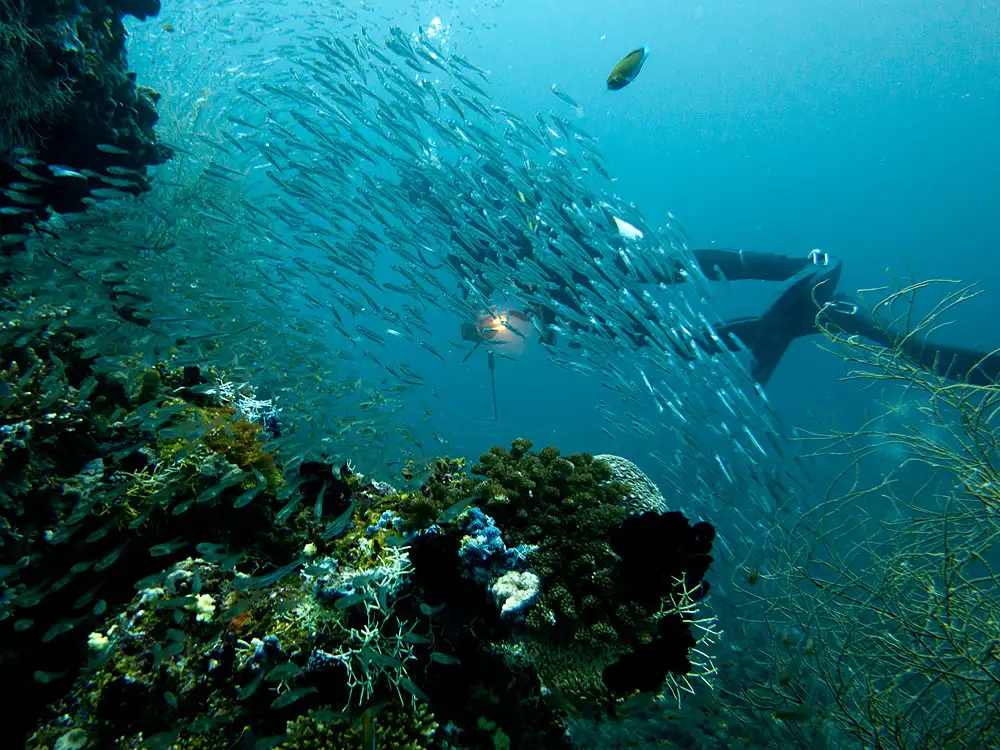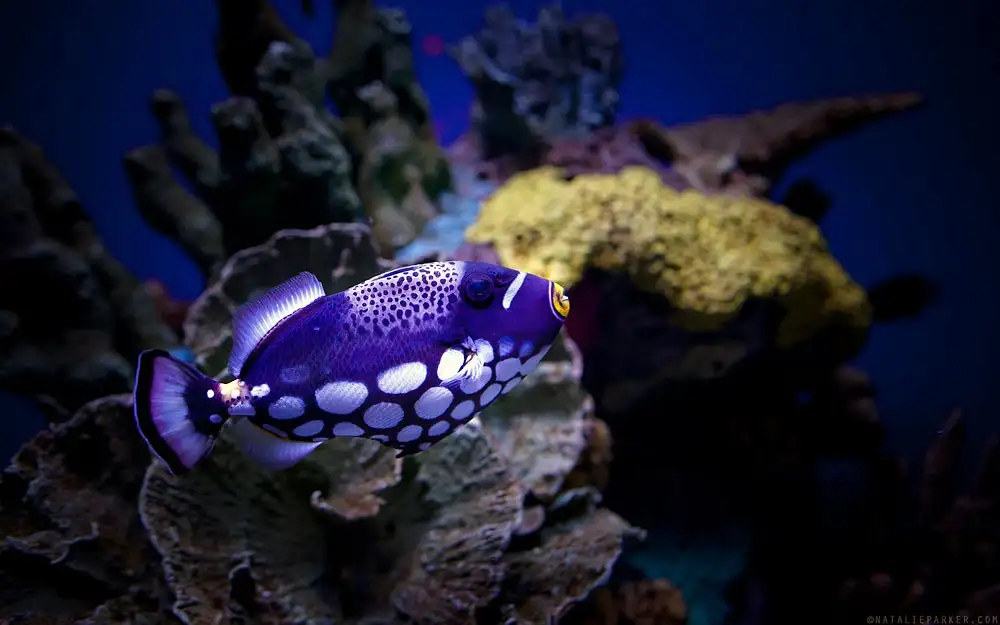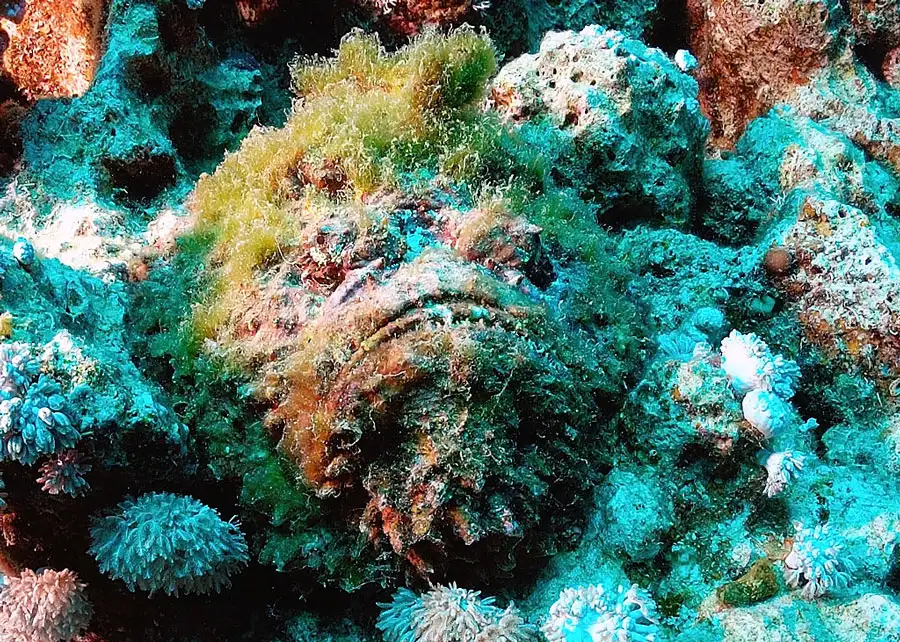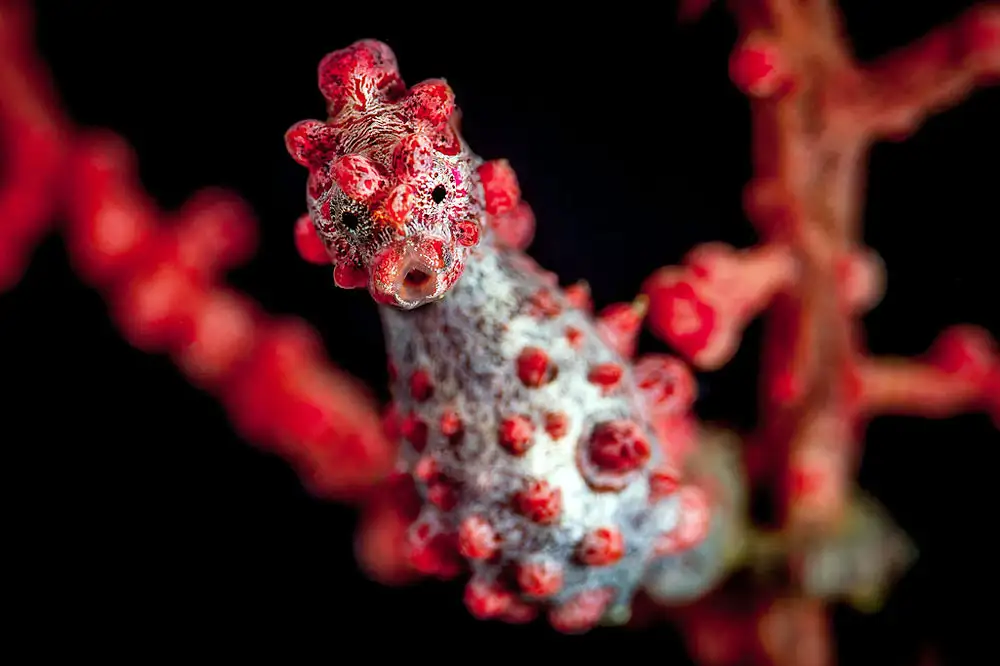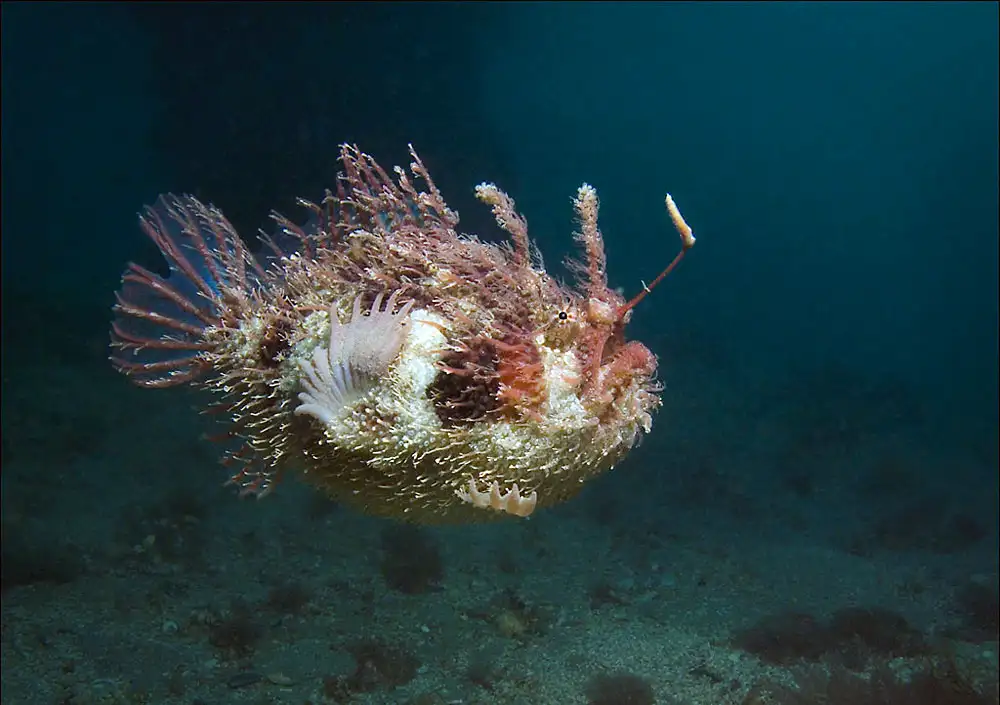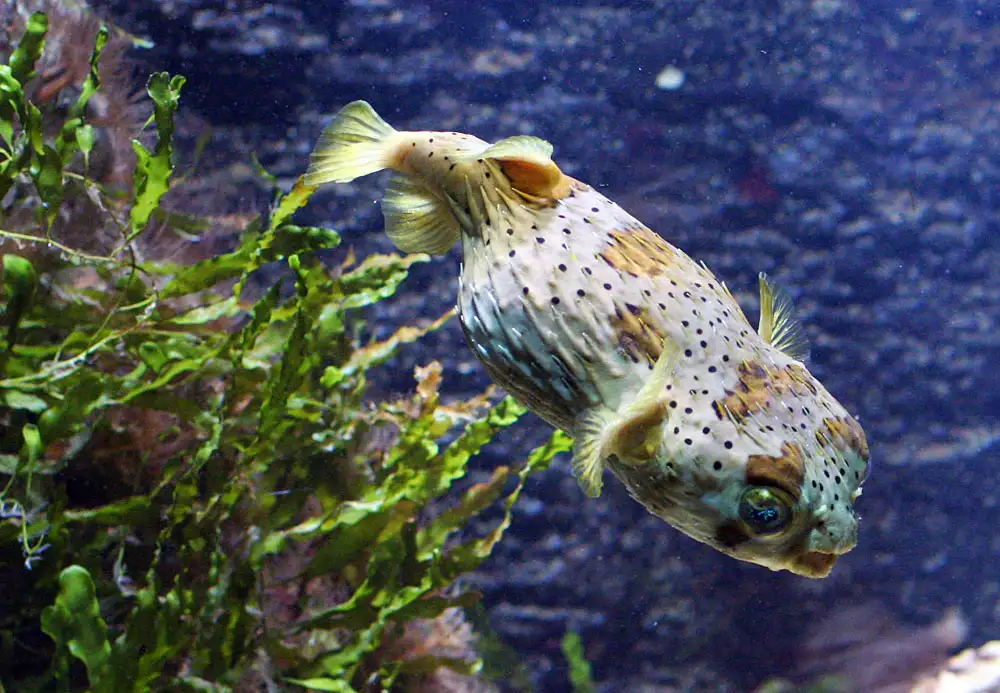Prawn goby (shrimp‑goby symbiosis · overview)
IUCN
LCBasic Information
Scientific classification
- name:Prawn goby (shrimp‑goby symbiosis · overview)
- Scientific Name:Gobiidae (symbiotic shrimp‑goby clade: Amblyeleotris, Cryptocentrus, Stonogobiops)
- Outline:Small fish
- Family:Gobiidae Amblyeleotris Cryptocentrus Stonogobiops
Vital signs
- length:Commonly 5–12 cm; max ~18–20 cm
- Weight:Small benthic fishes; varies by species/size
- lifetime:About 2–6 years
Feature
Mutualism with alpheid shrimps; shrimp excavates, goby guards; entrance hovering, demersal spawning, pelagic larvae.
Distribution and Habitat
Indo‑Pacific reefs on sandy/rubble bottoms near coral heads (3–40 m).
Appearance
Slender; fused pelvic disc; rings/longitudinal bands; ocelli; some with high first dorsal and yellow head.
Details
Prawn goby is a vernacular for gobies that live in mutualistic symbiosis with alpheid “pistol” shrimps (Alpheus spp.). Hallmark genera include Amblyeleotris, Cryptocentrus, Stonogobiops. The shrimp excavates and maintains the burrow while the near‑blind shrimp relies on the goby’s vigilance— the goby keeps body/fin contact with the shrimp and signals danger via tail flicks so both can retreat.
Ecology & Biology
Mutualism: engineering by the shrimp provides a secure burrow/air exchange; the goby provides alarm service.
Diet: small crustaceans, polychaetes and zooplankton; some detritus.
Behaviour: typically pairs of gobies with 1–2 shrimps; gobies hover/lie at the entrance by day and retreat at dusk.
Reproduction: demersal spawners guarding eggs within the burrow; larvae have a pelagic phase.
Identification
Form: slender with a terminal mouth; pelvic fins fused into a suction disc for station‑holding.
Patterns: rings/longitudinal bands, ocelli; e.g., Stonogobiops has black‑white bars and a yellow head.
Contact cueing: constant tactile contact (tail or pectoral filaments) between goby and shrimp at the entrance.
Size & Longevity
Length: commonly 5–12 cm, large species up to ~18–20 cm.
Life: generally 2–6 years depending on habitat and predation.
Range & Habitat
Primarily Indo‑Pacific tropical/subtropical reefs on sandy/rubble or shell‑hash bottoms at the edges of coral heads, usually 3–40 m deep.
Conservation & People
Concerns: sedimentation, coastal works, collection for the aquarium trade.
Good practice: protect coral‑sand ecotones, reduce anchor damage and diver trampling; responsible collection only.
IUCN: this is a group overview; statuses vary among species (LC–DD). Marked here as Not Evaluated (NE) for the overview entry.
FAQ
Q1. Field sign of symbiosis? A burrow‑digging shrimp at the entrance with a goby maintaining tactile contact; both retreat together when alarmed.
Q2. Representative species? Amblyeleotris wheeleri, Cryptocentrus cinctus (yellow watchman), Stonogobiops nematodes (hi‑fin).
Q3. Aquarium suitability? Requires fine sand, ample shelters and a matched alpheid; not ideal for beginners.
Q4. Why sensitive to silt? Burrows need ventilation and stability; excess silt collapses entrances and reduces survival.

